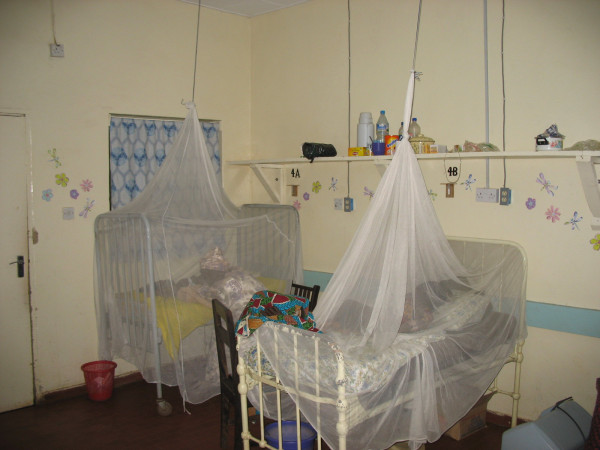Published by Science :
“We report that the PfSPZ Vaccine—composed of attenuated, aseptic, purified, cryopreserved PfSPZ—was safe and well-tolerated when administered four to six times intravenously (IV) to 40 adults…These data indicate that there is a dose-dependent immunological threshold for establishing high-level protection against malaria that can be achieved with IV administration of a vaccine that is safe and meets regulatory standards.”
This snippet of the report’s abstract indicates that a small group of volunteers have received an intravenous vaccine prepared with components of the Malaria agent, and that the protection achieved was much higher than any other vaccine tested in the past. The likelihood that this vaccine will be available for massive use in the near future is low as there are tremendous technical difficulties to be overcome and even the delivery of an intravenous vaccine to children will demand lots of time and training. However the development of anti-malaria drug resistance, including to the newcomer Artemisin (discovered amongst ancient Chinese medicine therapies) with millions of people infected and 660,000 deaths per year, continue to create an urgency to find a more effective and deliverable form of prevention.
One of the factors often mentioned as the reason for the lack of movement ahead in Malaria is that unlike research on other diseases (e.g., erectile dysfunction) that affect an affluent population, Malaria is prevalent in poor countries and not much profit is expected from investment by the pharmaceutical industry. These factors are likely to change both due to development in Malaria affected countries and climate change, which is starting to spread tropical diseases to other parts of the world.










